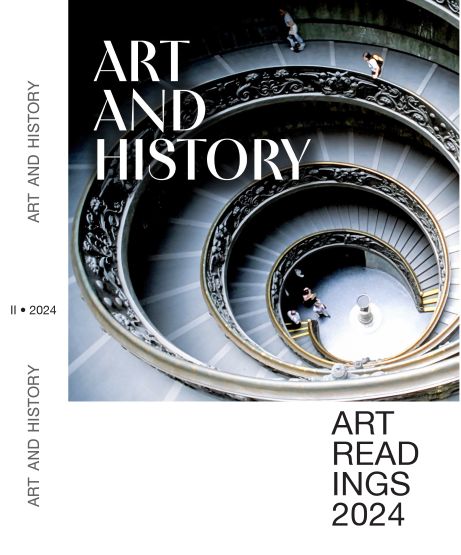Кинематографът в България и политическата пропаганда (1879–1925)
Cinematograph in Bulgaria and Political Propaganda (1879–1925)
Author(s): Peter KardjilovSubject(s): Fine Arts / Performing Arts, Film / Cinema / Cinematography
Published by: Институт за изследване на изкуствата, Българска академия на науките
Keywords: history of cinema in Bulgaria; history of Bulgarian cinema; cinema and politics; cinema and propaganda; cinema advertising; Bulgarian specialized cinema press
Summary/Abstract: It sounds incredible, but it is a fact – the idea of using “moving images” for overtly political propaganda was born before cinema was born! The idea was born in 1879. In Bulgaria! It is proved by the feuilleton “Thoughts of an honest Bulgarian citizen”, the author of which – Stefan Stambolov (1854–1895), the future politician, prime minister and “tyrant”, developed his idea of the “rapidly photographer” and its application in the political life of the country. In 1903, the Englishman Charles Noble filmed in Sofia with his bioscope the opening of the XIII ONS and this report was shown all over the world as proof of the democracy and civilization of our country. A feuilleton from 1909 alludes to the existence of a “court cinema” – a thesis advocated in native film historiography, but remained unproven. The party of the “broad socialists” was the first in our country to use the cinema for election campaigning, showing in 1912 in the capital’s Odeon cinema a campaign screen, a kind of election “clip”. The first “celluloid May Day” was held in Pleven in 1914; the mourning demonstrations in Sofia and Trun, held on September 30, 1919 in connection with the signing of the Treaty of Neuilly-sur-Seine, were captured on film; The Agrarian People’s Union Congress in Sofia on May 28, 1922; so called “Turnov events” on September 17, 1922, when “agrarian people’s union activists” used violence and cut the beards of the “blocers” (the political leaders of the democratic parties that formed the People’s Bloc coalition)... For openly propaganda purposes, the footage shot during the June 9 coup in 1923 and reflecting the consequences of the detonate attack on the cathedral “St. Nedelja” in 1925! It is these examples that are the subject of consideration in this publication.
Journal: Изкуствоведски четения
- Issue Year: 2024
- Issue No: 1
- Page Range: 89-103
- Page Count: 15
- Language: Bulgarian
- Content File-PDF

